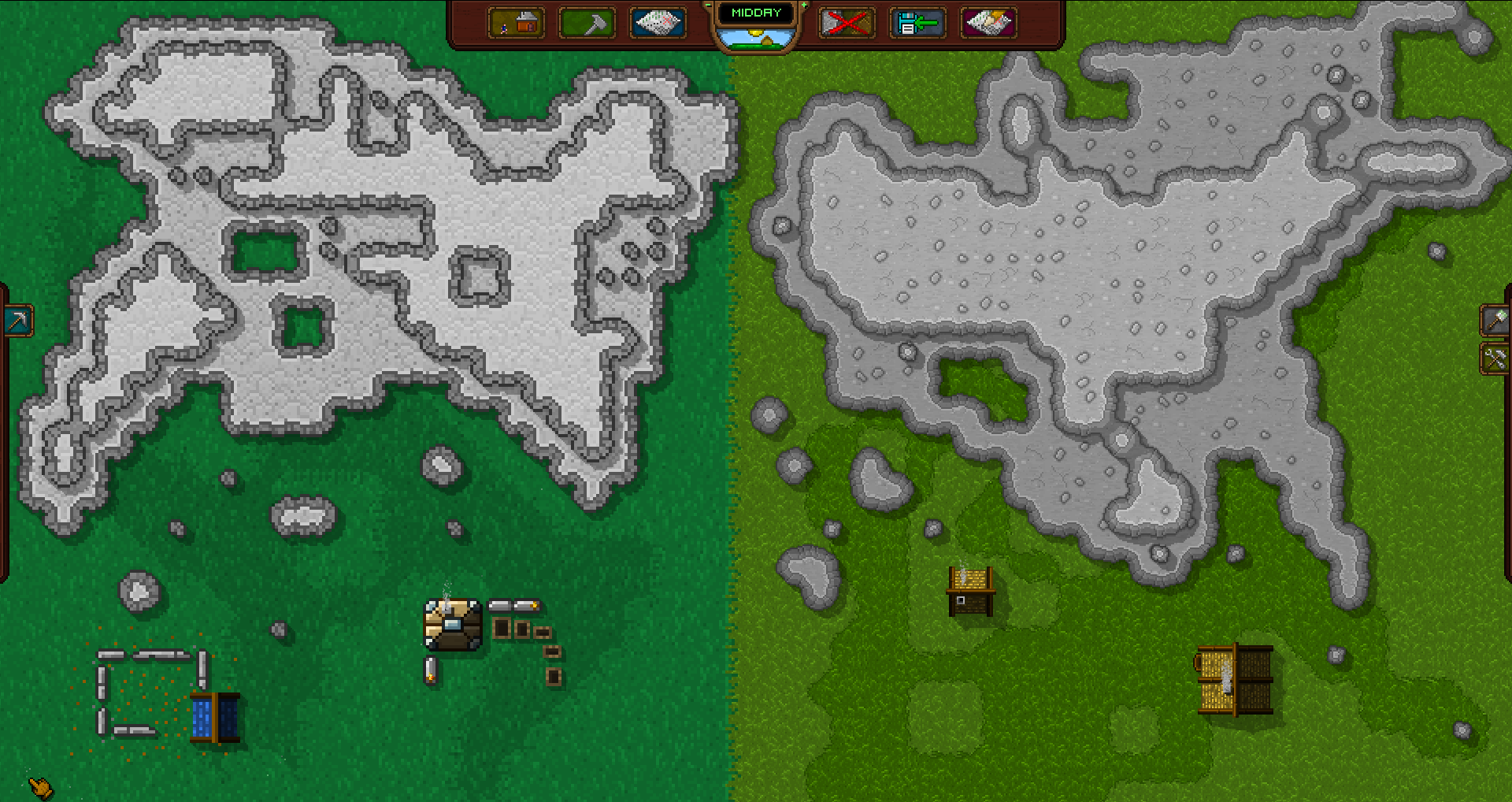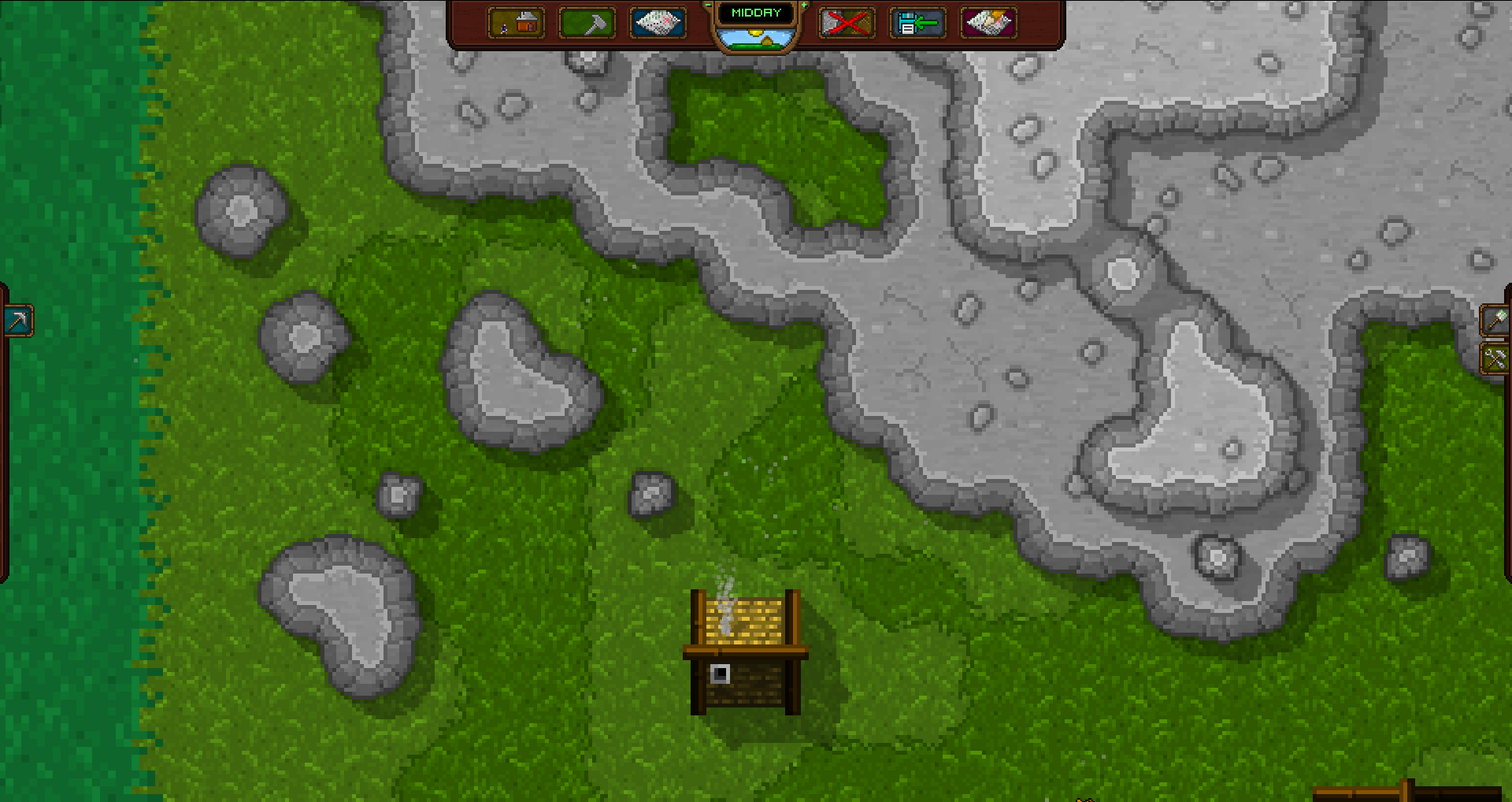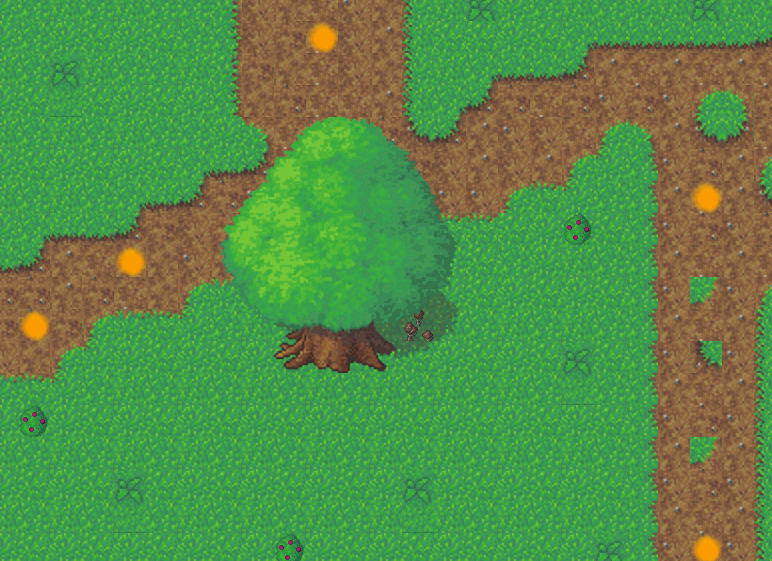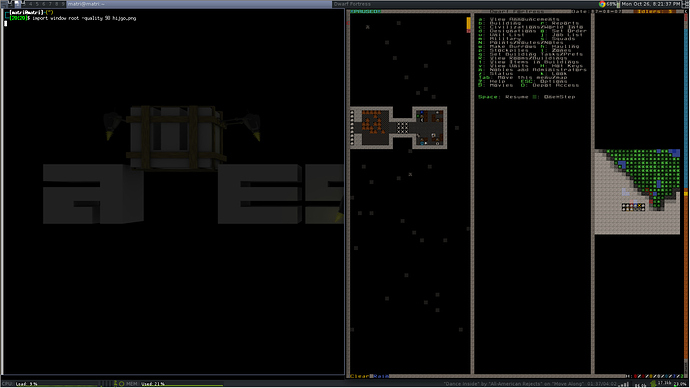So this is happening.
Started learning LWJGL today. I’m having a real blast.
Not today, but in the recent past I’ve been working on a project that I actually find interesting for once. Going for an expandable economy based game. Starting off with stocks and chat and moving up to gambling, jobs, construction, companies, and services. Where it goes from there I’m not sure, but getting stocks and chat going with a database and everything has gone really smoothly. Networking works, logins work, server keeps track of anything sensitive in terms of gameplay. I thought about moving away from LibGdx to just do all the rendering myself now that I understand OpenGL better, but I decided against it since it’s not really a graphically demanding sort of game, and LibGdx has a lot of nice built in features like text rendering already.
What does the adjective “stackless” means actually for a KD-tree?
Finally made a game to Google play! I will try to add it later to the showcase and share it with you guys 
Read the “Introduction” section of this paper.
In order to traverse any tree structure and be able to conditionally “back up” from one node back to its ancestors and then keep visiting other unvisited children, one needs a stack. Either implicitly using “recursion” provided by the language, or explicitly using some LIFO data structure.
Since early GPUs and OpenGL Compute Shaders do not support recursion in the language, other approaches have been invented. And one was invented way back in the 80’s with CPU-based raytracing, by augmenting a kd-tree with “ropes” pointing to spatially adjacent nodes. This also has the effect of accelerating the traversal even compared to stackbased algorithms, since in essence directly visiting adjecent nodes is what one wants to do when following a ray through the structure, without requiring to “backup” to ancestor nodes and then descending down again.
The “Stackless KD-Tree Traversal” paper by the University of Saarland just applies that technique to GPU raytracing.
I feel you so much! :persecutioncomplex:
I have installed Arch Linux this weekend and have been configuring it up til now (and killed my previous Manjaro):
https://i.imgur.com/eGfzuh6.jpg
https://i.imgur.com/Amivc32.jpg
For our oblivious Windows-users or curious geeks out there, these are the main things I used to accomplish this:
Window Manager: Awesome (transparency with compton)
Display Manager: None (I don’t like any of them, I use xinitrc to launch the window manager instead)
As you can see all windows have a transparent border except the focussed window. Also, the selected Terminal Emulator (XTerm) is less transparent (85% instead of 70%) when focussed.
I personally prefer i3 over anything else.
That looks awesome!
I’d really enjoy to code in a black transparent frame like that! :o
Built a simple levelling up AI (spends skill points as levels go up for non player characters). The AI does not handle career changes yet (e.g. when a Herbalist becomes a Leech, or a Guard grows in prowess and becomes a Warrior).
Thanks! You bet I am enjoying it, heh  (you could do a dual-boot and actually code in a frame like that if you like, you will learn a lot: installing arch)
(you could do a dual-boot and actually code in a frame like that if you like, you will learn a lot: installing arch)
Actually, the only thing I need now is a glassy table. Imagine wessles glassy setup with glassy desktop <3
Actually, I am coming from i3, I find that awesome handles multi-monitor setups much better (i3 was a little buggy in my case).
Awesome also supports mouse to drag windows around and the switching between layouts is very flexible. The config file from i3 was very clean and nice, but awesome provides much more customizability.
i3 is certainly not bad, but I guess its all about personal preference… As long as you’re happy 
I bent the front axle of my Jeep in my crash, it’s a $4000 part… grand total of $8000 for all parts and labor. And what do I have to pay?
$500! Yay for me!
On another note, finally am almost ready to push my projects work out to prod. My SQL scripts need some work before the DB admins will sign off on them, but other than that I’m ready which is very exciting. I’m currently writing up documentation for the new tools I’ve created so our internal teams understand them, it’s a little odd being able to fit an explanation ~5 months of work into just a few sheets of paper. So much has changed since I started here, it’s just crazy to think that I’m finally almost done with these projects when just two months ago I saw no end in sight.
Yes. I agree 100%. It’s all about personal preference. i3 takes too much time to get used to but when you get the hang of it it’ll be one of the most efficient WMs you can get. (I still wished more customization options)
I probably should try awesome just for the fun of it :
Finally worked on my particle stuffs:
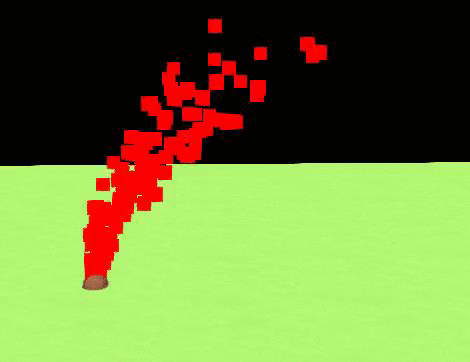
Looks great herjan! I use AwesomeWM as well, it’s really nice. If you ever use pianobar, PM me; I wrote some stuff to integrate it into the window manager (shortcuts, display stuff, and the like).
Here’s my basic but (highly) functional setup. There’s a bunch of small stuff in the background that I’ve scripted in, but this is the main interface. Used it for almost a year now.
I fixed the issue with VSim that prevented some international users to play the game.

